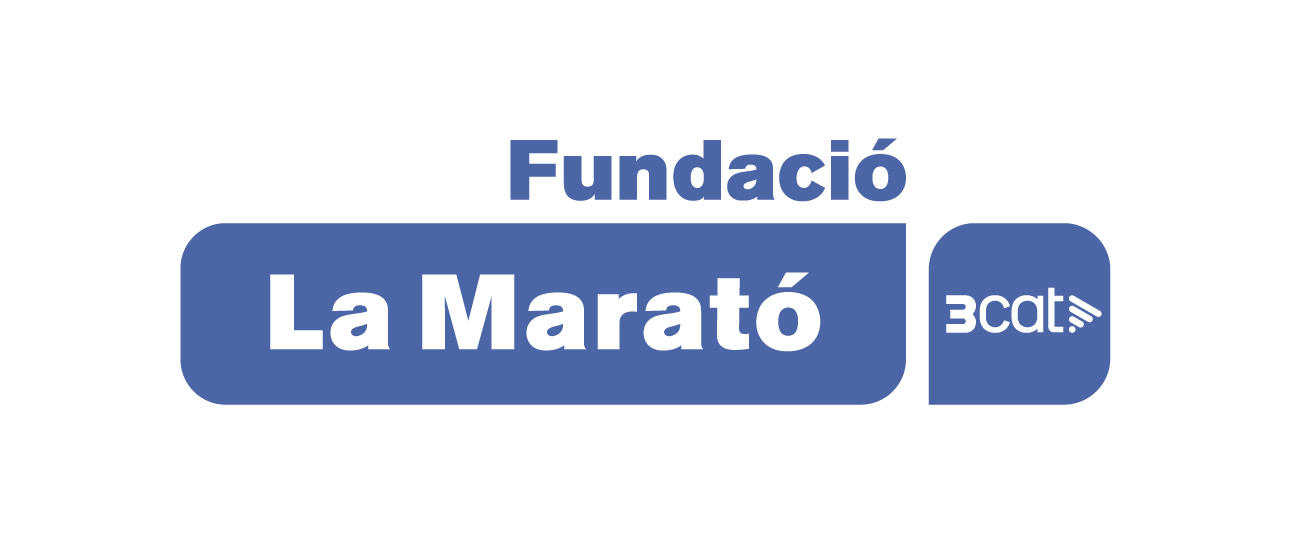Despite multiple attempts to improve the diagnosis of Obstructive sleep apnea (OSA) only a striking 10% of OSA patients are correctly diagnosed. Six million people in Spain have OSA, but only 10% of them are correctly treated. OSA patients have 50% more chances to develop a serious cardiovascular disease (CVD) including hypertension, atherosclerosis, stroke, myocardial infarction, heart failure, thrombosis, and death. Not diagnosing and treating OSA patients early and correctly is a serious cardiovascular public health problem. OSA patients have repetitive pauses of breathing (apneas) for more than 10 seconds during sleep. During these apneas, the air cannot flow normally into the lungs causing a drop in oxygen levels (hypoxia) and causing you to wake up from a sound sleep. If this intermittent hypoxia (IH) episodes occur continuously through time, will cause an increase in tissue inflammation and the release of reactive oxygen species (oxygen-containing molecules) that cause important cellular damage. This project aims to investigate whether IH damages the patient´s endothelium, explaining the patient´s high predisposition to develop CVD. The endothelium are the cells lining the interior surface of all blood vessels of our body and plays very important regulatory functions for our well-being, including the control of blood clot formation, and the relaxation and permeability of blood vessels allowing blood flow and fluid exchange. Damage to your endothelium puts you at risk for CVD. Accordingly, this project aims to determine the presence of damaged endothelium in OSA patients and identify the type of damage, using for the first time in the field, innovative blood vessel modelling systems, such as the development of miniature 3D structures composed with the own patient´s blood vessel cells subjected under blood flow and hypoxic conditions. These 3D structures that better reflect what happens in real life, will be very useful to study the disease behaviour, assess the efficacy of novel drug treatments and transfer to the clinic. The project also aims to perform a profound study of the elements that carry the information that determines our traits (genes), and of the hundreds of substances produced by the endothelium (multiOMICs) in OSA patients, providing a cell health snapshot. Additionally, this project aims to investigate whether the use of rejuvenating drugs or drugs that eliminate the damaged and/or aged endothelial cells could counteract the excessive inflammation and oxidative stress caused by IH and thus reduce or avoid the patient's CVD. These novel treatments, not tested before in OSA, will be studied both in the 3D structures and in a mouse model of OSA. Finally, this project aims to evaluate whether OSA patients and their endothelium are more susceptible to exposure of environmental pollution, further increasing the risk to develop CVD in the mid-long term and thus the need for protective treatments. In this project, two centres with multidisciplinary research teams and long-standing expertise in cardiovascular dysfunction will cooperate providing complementary efforts to the different tasks. The results will target the broadest audience and patient organizations.
Grant 202336-30-31 funded by Fundación La Marató de TV3
Coordinator: Olga Tura (IDIGBI, Girona); Subgroup-PI: Eduardo Oliver (2024-2027); 300,000 €


